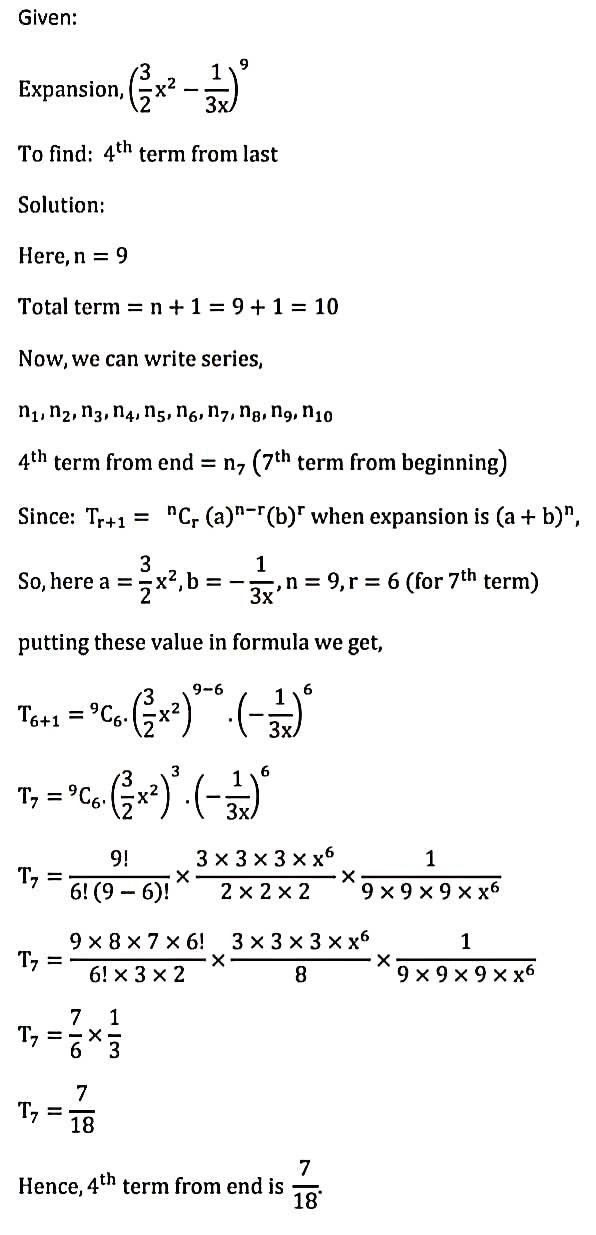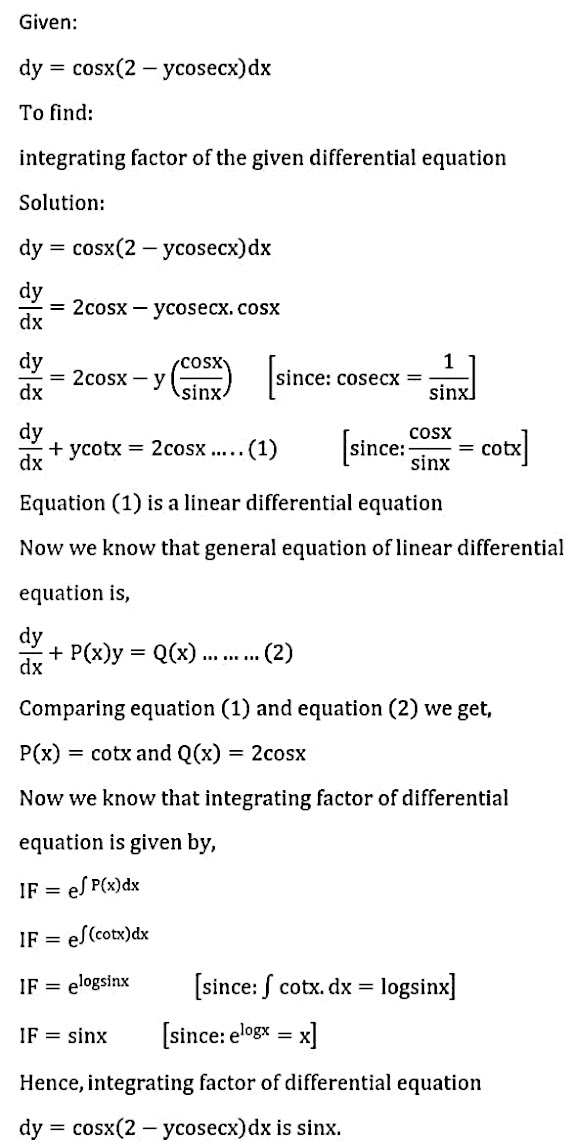Question: advantage and disadvantage of python programming?
Solution:
Advantages of Python
1. Easy to Read, Learn and Write
Python is a high-level programming language that has English-like syntax. This makes it easier to read and understand the code.
Python is really easy to pick up and learn, that is why a lot of people recommend Python to beginners. You need less lines of code to perform the same task as compared to other major languages like C/C++ and Java.
2. Improved Productivity
Python is a very productive language. Due to the simplicity of Python, developers can focus on solving the problem. They don’t need to spend too much time in understanding the syntax or behavior of the programming language. You write less code and get more things done.
3. Interpreted Language
Python is an interpreted language which means that Python directly executes the code line by line. In case of any error, it stops further execution and reports back the error which has occurred.
Python shows only one error even if the program has multiple errors. This makes debugging easier.
4. Dynamically Typed
Python doesn’t know the type of variable until we run the code. It automatically assigns the data type during execution. The programmer doesn’t need to worry about declaring variables and their data types.
5. Free and Open-Source
Python comes under the OSI approved open-source license. This makes it free to use and distribute. You can download the source code, modify it and even distribute your version of Python. This is useful for organizations that want to modify some specific behavior and use their version for development.
6. Vast Libraries Support
The standard library of Python is huge, you can find almost all the functions needed for your task. So, you don’t have to depend on external libraries.
But even if you do, a Python package manager (pip) makes things easier to import other great packages from the Python package index (PyPi). It consists of over 200,000 packages.
7. Portability
In many languages like C/C++, you need to change your code to run the program on different platforms. That is not the same with Python. You only write once and run it anywhere.
However, you should be careful not to include any system-dependent features.
Disadvantages of Python
1. Slow Speed
We discussed above that Python is an interpreted language and dynamically-typed language. The line by line execution of code often leads to slow execution.
The dynamic nature of Python is also responsible for the slow speed of Python because it has to do the extra work while executing code. So, Python is not used for purposes where speed is an important aspect of the project.
2. Not Memory Efficient
To provide simplicity to the developer, Python has to do a little tradeoff. The Python programming language uses a large amount of memory. This can be a disadvantage while building applications when we prefer memory optimization.
3. Weak in Mobile Computing
Python is generally used in server-side programming. We don’t get to see Python on the client-side or mobile applications because of the following reasons. Python is not memory efficient and it has slow processing power as compared to other languages.
4. Database Access
Programming in Python is easy and stress-free. But when we are interacting with the database, it lacks behind.
The Python’s database access layer is primitive and underdeveloped in comparison to the popular technologies like JDBC and ODBC.
Huge enterprises need smooth interaction of complex legacy data and Python is thus rarely used in enterprises.
5. Runtime Errors
As we know Python is a dynamically typed language so the data type of a variable can change anytime. A variable containing integer number may hold a string in the future, which can lead to Runtime Errors.








